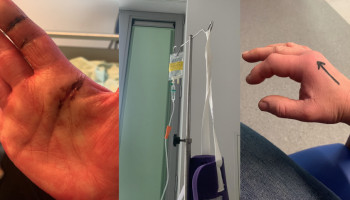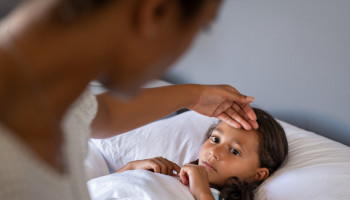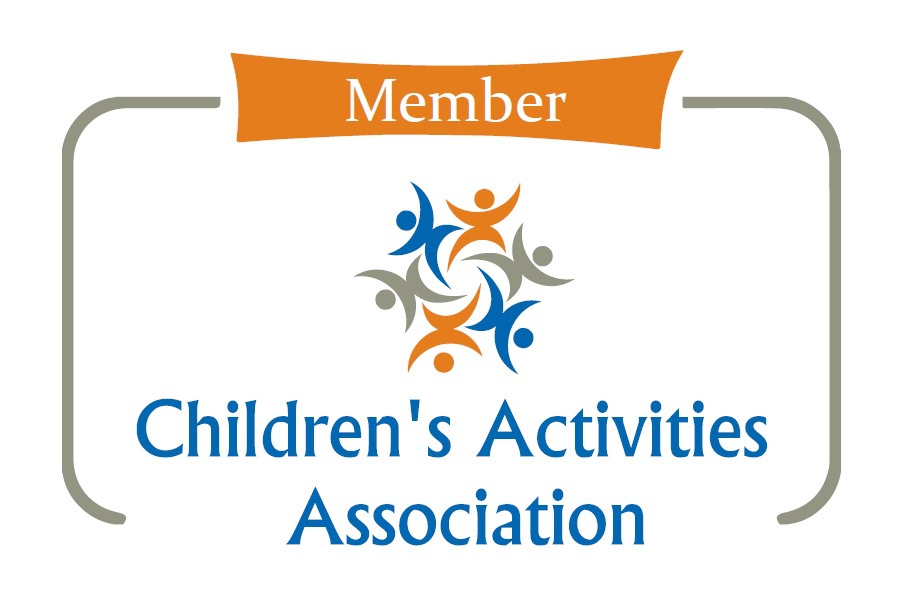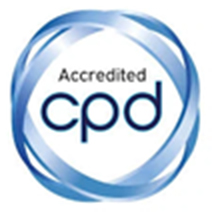Water safety and drowning
Drowning – the facts
According to ROSPA, every year ion the UK around 400 people die from drowning as a result of an accident in or around water. There are also thousands of individuals who survive drowning events but who are left with severe, and often permanent, life-changing injuries.
Many of these deaths are as a result of simple everyday mistakes, such as a trip or fall into water, or misjudgements such as underestimating the effect of swimming in cold open water. Others result from activities including jumping/tombstoning from a great height into water.
Drowning death and injuries are preventable
What can we all do?
Ensure that everyone around you can swim and are confident in the water.
Making safe choices, such as swimming at lifeguarded venues and pools, use safety equipment where appropriate and do not consume alcohol before getting in the water.
Get to know your local swimming areas, be aware of water-safety hazards; such as rips, cold-water, moving water etc. and how to avoid them.
Protect the vulnerable (such very young and elderly) from hazards in and around the home such as ponds, baths and swimming pools.
Learn what you should do in an emergency
So what should you do if you encounter someone that’s drowning?
Firstly, look after yourself and be mindful of danger. You don’t want to end up in the same position as the person you are trying to save. If you become a second victim, you will delay help to the original victim!
Never enter the water unless you are trained to do so. Try to reach them with a rope of branch or throw them an object that can float or buoyancy aid. Remember 'Reach or Throw – do not GO'.
Try to wake the casualty - Once the casualty is out of the water, check to see if they’re conscious by checking their response.
Lie them on their back and tilt their chin and head backwards If they are unconscious, open their airway and check for breathing for up to 10 seconds.
If they are not breathing normally, give five initial rescue breaths, pinch their nose and keep their head tilted back as you breathe into their mouth from yours, making as good a seal as you can with your mouth over theirs. Each breath you give them should last 1 second, and make sure that you take a good deep breath yourself in between each one. These breaths will get valuable oxygen into their lungs, which is particularly important in a drowned casualty.
Then start Cardio-Pulmonary Resuscitation (CPR) – Using both hands together, one on top of the other, push down right in the centre of their chest firmly, with your arms straight. Push down 5-6cm each time, twice a second. Continue chest compressions and breathing – at a ratio of thirty compressions to two rescue breaths.
If you are on your own, do this for a minute before telephoning for help. If there’s a bystander about, get them to phone for you whilst continuing CPR.
If the person in trouble starts breathing normally again before help arrives, then roll them into the ‘recovery position', lying on their side, with their top leg and arm bent to help prop them up, and their head tilted slightly back to help keep their airway open. If you’ve got any spare clothing to help keep them warm, then lay these over the top of them and talk to them to reassure them that help is on its way.
Always call for and apply a defibrillator, if you are somewhere where there is one available. Dry the skin you are attaching the defibrillator pads to as much as possible, but there’s no need to worry about problems or extra hazards from using the defibrillator in wet conditions. It is more important, however, to help get oxygen around the body, so certainly give rescue breaths and CPR first
If the victim is conscious, lie them down with their head lower than the rest of their body and allow any water to drain from their mouth. Monitor their vital signs and be aware that the victim may deteriorate quickly and require CPR if they stop breathing normally.
Prevent hypothermia by providing the patient with dry clothing and use any warm material to hand to keep them warm and dry, also try and offer a warm drink.
IMPORTANT: Anyone who has been in a near-drowning situation should be checked by a doctor as secondary drowning can occur many hours later.









